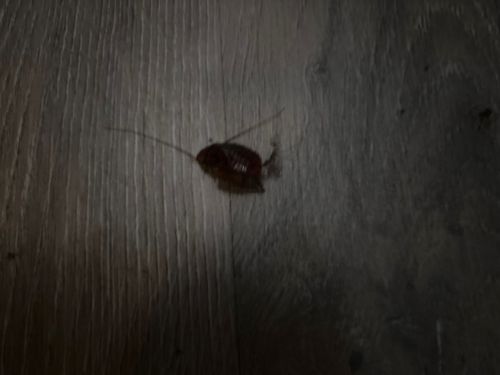American Cockroach
Scientific Name: Periplaneta americana
Order & Family: Blattodea (Order), Blattidae (Family)
Size: Typically 35-50 mm (1.4-2 inches) long, making them one of the largest common cockroach species.

Natural Habitat
These cockroaches prefer warm, damp, and dark places. Outdoors, they can be found in sewers, drains, steam tunnels, basements, crawl spaces, and under mulch or leaf litter. Indoors, they infest restaurants, grocery stores, bakeries, food processing plants, and homes, often found in kitchens, bathrooms, and basements, particularly around pipes and drains.
Diet & Feeding
American cockroaches are omnivores and scavengers. They will eat almost anything, including decaying organic matter, human food scraps, paper, fabric, glue, dead insects, and even their own shed exoskeletons.
Behavior Patterns
Cockroaches are primarily nocturnal and gregarious. They prefer dark, moist environments and are rarely seen during the day unless infestations are severe or they are disturbed. They are known for their rapid movement and ability to scuttle away quickly when light is introduced. American cockroaches can fly, especially in warm climates, though they typically scuttle. They reproduce by laying egg cases (oothecae) in secluded areas.
Risks & Benefits
Risks: Cockroaches can carry and transmit various pathogens, including bacteria (e.g., Salmonella, E. coli) and viruses, contributing to food contamination. Their droppings and shed skins can trigger allergies and asthma attacks, especially in children. They can also cause an unpleasant odor in heavily infested areas. Benefits: In natural ecosystems, cockroaches play a role as decomposers, breaking down organic materials, which can contribute to nutrient cycling. However, in urban and domestic settings, their presence is almost entirely a nuisance and health risk.
Identified on: 8/25/2025